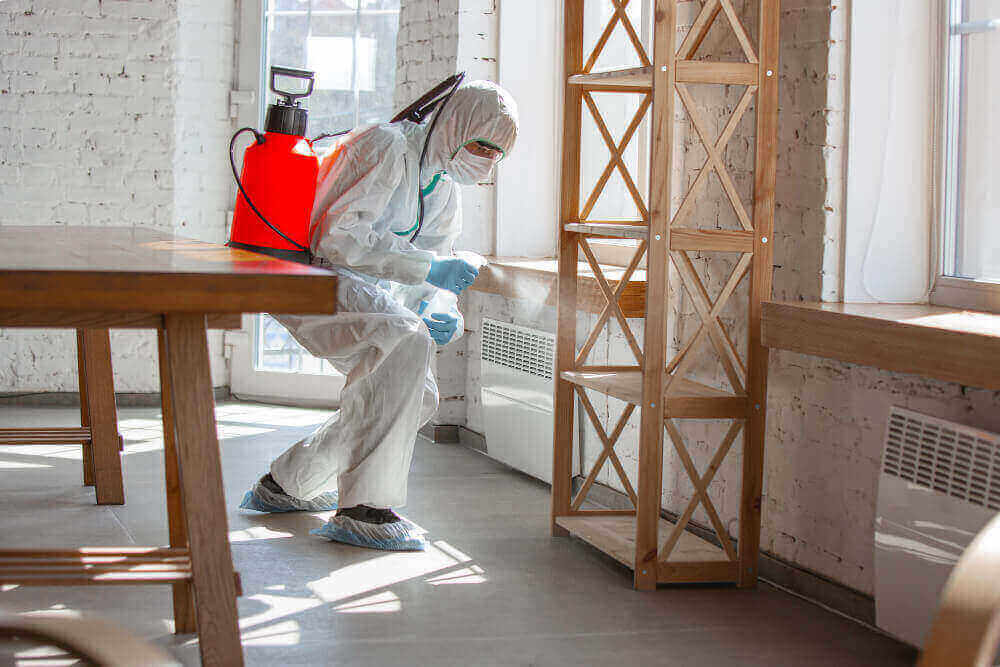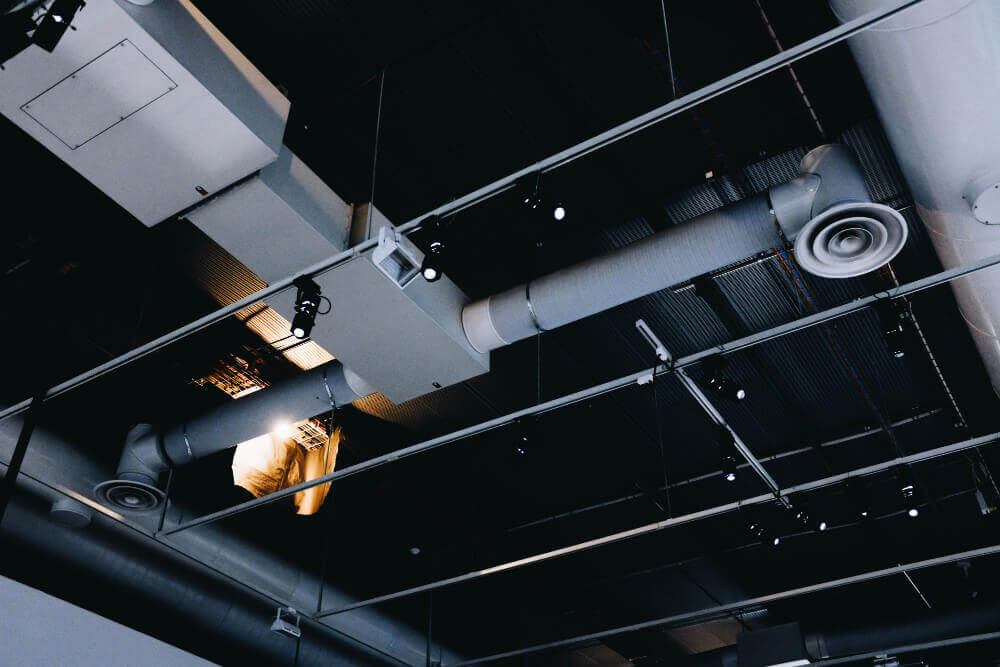Termite Prevention and Treatment: Safeguarding Your Home's Structure
Termites, also known as silent destroyers, can do serious damage to the structure of your house if left untreated. Pest control Dubai is crucial in addressing termite infestations in the region.
Because it contains cellulose-based materials like wood and paper that they can feed on, your home in Dubai is a prime target for these tiny insects. Hiring professional pest control Dubai services is essential to protect your property from termite damage.
It is essential that homeowners in Dubai take precautions to avoid termite infestations. Regular inspections by pest control experts can help detect any signs of termite activity early on. If termite problems are already present, homeowners must act quickly and seek effective pest control solutions in Dubai to eliminate the infestation and prevent further damage.
In this blog article, we will explore effective termite prevention strategies and treatment options to safeguard your home's structure.
Your home is not just a shelter; it is a valuable investment that deserves protection. Termite prevention and treatment are extremely important because they pose a serious threat to the structural integrity of your home.
By understanding their behavior, recognizing the signs of an infestation, and implementing preventive measures, you can safeguard your home from these destructive pests.
Understanding Termites
Termites are social insects that live in colonies and feed on cellulose, a component found in various organic materials. They are attracted to moisture and darkness, making your home an appealing target.
Some of the major types of termites are subterranean termites, dry wood termites, and damp wood termites. Each type has distinct characteristics and preferences for habitat and food sources.
Signs of Termite Infestation
Detecting a termite infestation early is crucial in minimizing the damage to your home.
These are typical indications of a termite infestation:
- Discarded Wings: After swarming, termites shed their wings, leaving behind piles of discarded wings near entry points.
- Mud Tubes: Termites build mud tubes, pencil-sized tunnels, as protective pathways between their nest and food sources.
- Damaged Wood: Hollowed or damaged wood with maze-like patterns is a clear indicator of termite activity.
- Frass: Termite droppings, known as frass, resemble small wood-coloured pellets and can often be found near infested areas.
Also Read: 4 Main Reasons To Have Professional Pest Control Specialist Handle Your Home
Termite Prevention Methods
Termite infestation prevention necessitates a multifaceted strategy. Here are some effective methods to keep termites at bay:
-
Moisture Control
Termites thrive in damp environments. Prevent moisture buildup, fix leaks, improve drainage systems, and ensure proper ventilation in your home. Repair any plumbing issues promptly and use dehumidifiers in areas prone to excess humidity.
-
Proper Ventilation
Adequate airflow reduces moisture and makes your home less appealing to termites. Install vents in crawl spaces and attics, and consider using fans to promote air circulation. Avoid blocking vents with vegetation or other objects.
-
Regular Inspections
A reputable pest control company should perform routine termite inspections. These inspections can help identify potential termite entry points and catch early signs of infestation. Early detection allows for swift and targeted treatment.
-
Eliminating Wood-to-Soil Contact
Direct contact between soil and wood provides easy access for termites. Maintain a gap between the soil and any wooden structures, including decks and fences. Use concrete or metal barriers to prevent termites from reaching the wood.
-
Implementing Physical Barriers
Physical barriers such as stainless steel mesh or sand barriers can be installed during construction to deter termites from entering your home. These barriers force termites to build visible mud tubes, making detection easier.
Professional Termite Treatment
If you have a termite infestation, it is better you seek professional assistance. Pest control experts have the knowledge and tools to effectively eradicate termites. Here are some common professional termite treatment methods:
-
Liquid Termiticides
You apply liquid termiticides to the ground near your home's foundation.
These chemicals create a protective barrier, preventing termites from entering your property. Professional application is crucial for optimal results and safety.
-
Termite Baits
Termite baits consist of slow-acting toxic substances that are attractive to termites. The bait stations are strategically placed around your home, and termites carry the poison back to their colony, effectively eliminating the entire population.
-
Fumigation
Fumigation is a comprehensive termite treatment method used for severe infestations. The process involves tenting your home and releasing a gas that permeates the structure, eliminating termites at every stage of their life cycle.
-
Heat Treatment
Heat treatment involves raising the temperature inside your home to a level that is lethal to termites. Specialized equipment is used to heat the infested areas, effectively eradicating termites without the use of chemicals.
Natural and DIY Termite Prevention
In addition to professional treatment, some natural and do-it-yourself (DIY) methods can complement your termite prevention efforts. While these methods may be less effective for severe infestations, they can be used as preventive measures or for minor termite activity:
-
Using Nematodes
Nematodes are microscopic worms that are natural predators of termites. They can be introduced into the soil around your home, where they actively seek out termites and eliminate them. Nematodes are safe for humans and pets.
-
Cardboard Traps
Cardboard traps are an inexpensive and eco-friendly way to monitor termite activity. Place dampened cardboard near potential termite entry points, and regularly check for signs of termite infestation. Once termites are detected, take appropriate action.
Also Read: Seasonal Pest Control Tips - Dealing With Pest Challenges In Dubai
Termite-Resistant Building Materials
Using termite-resistant building materials during construction or renovations can provide long-term protection against termite damage. Some options include pressure-treated wood, concrete, steel, and composite materials. Consult with a professional builder or architect for the best choices for your specific needs.
Conclusion
Protecting your home from termite damage requires a proactive approach that includes prevention and treatment strategies. By implementing moisture control, regular inspections, and professional treatments when necessary, you can safeguard your home's structure from the destructive impact of termites. Incorporating natural and DIY methods can complement these efforts. Remember, early detection and swift action are key to minimizing termite damage.
FAQs (Frequently Asked Questions)
1. Can I prevent termite infestations completely?
While it is challenging to prevent termite infestations entirely, taking proactive measures significantly reduces the risk. By implementing preventive strategies and regular inspections, you can minimize the likelihood of a severe infestation.
2. How often should I conduct termite inspections?
It is recommended to have professional termite inspections conducted at least once a year. More frequent inspections, however, might be required if you reside in a termite-prone area or have experienced termite problems in the past.
3. Are natural termite prevention methods effective?
Natural termite prevention methods can be effective as preventive measures or for minor termite activity. However, they may not provide sufficient control for severe infestations. Professional treatment is recommended for significant termite problems.
4. What should I do if I think my house has termites?
It is essential that homeowners take precautions to avoid termite infestations. They can conduct a thorough inspection, confirm the infestation, and recommend the appropriate treatment options.
5. How long does a termite treatment last?
Depending on the technique employed, the severity of the infestation, and environmental factors, termite treatments can last for a variety of times.
Professional treatments can provide long-lasting protection, but regular inspections and preventive measures should still be maintained.
In conclusion, termite prevention and treatment are essential for safeguarding your home's structure. By being proactive, conducting regular inspections, and seeking professional assistance when needed, you can protect your home from the destructive impact of termites. Additionally, incorporating natural methods and using termite-resistant building materials can provide additional layers of defense. Remember, early intervention is key to minimizing termite damage and preserving the value of your home.


.jpg)



